In January 2017, a small but significant conservation milestone was reached when the rusty patched bumblebee (Bombus affinis) became the first bumblebee species in the continental United States to receive federal protection under the Endangered Species Act. This historic designation highlighted not only the plight of this once-common pollinator but also signaled growing concern about the decline of native bee populations across North America. With distinctive markings and a fascinating ecological role, the rusty patched bumblebee’s story serves as both a warning about ecosystem fragility and a rallying point for conservation efforts nationwide.
The Distinctive Appearance of the Rusty Patched Bumblebee

The rusty patched bumblebee earns its name from the distinctive reddish-brown patch on the middle of its abdomen, which appears on worker bees and males. This rust-colored marking contrasts sharply with the bee’s otherwise black and yellow coloration, making it identifiable to trained observers. Workers typically measure between 11-16mm in length, while queens are slightly larger, ranging from 20-22mm. The species features a rounded body covered in soft hairs, or pile, which helps distinguish it from other insects and serves important functions in pollen collection and temperature regulation. Their fuzzy appearance isn’t just charming—it’s a key adaptation that has evolved to make these bees efficient pollinators in cooler climates.
Historical Range and Population Decline
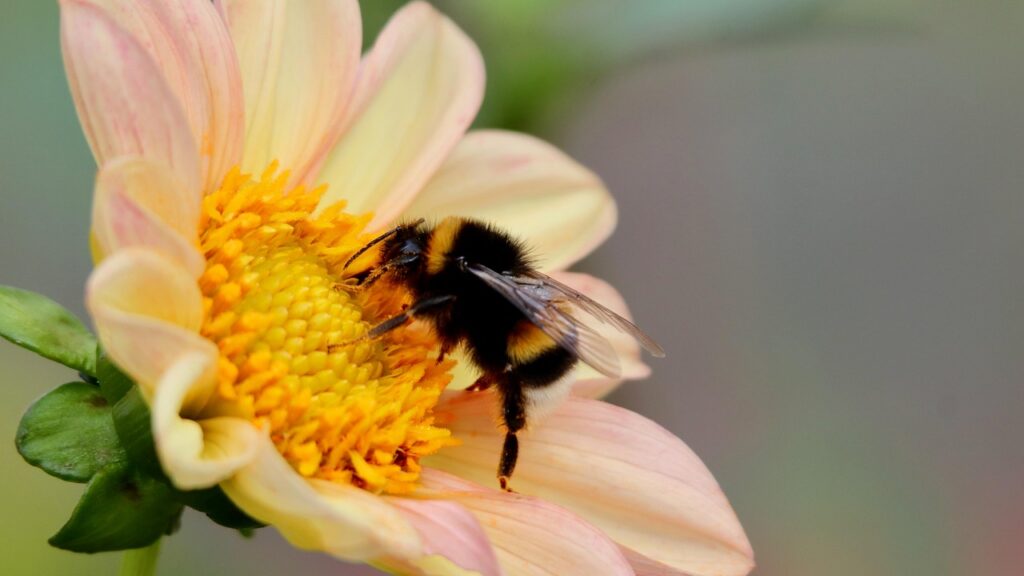
Before its population crash, the rusty patched bumblebee was abundant across 28 states throughout the Eastern and Midwestern United States, as well as in Ontario and Quebec, Canada. These industrious pollinators could be found buzzing from Connecticut to South Dakota and north into Canada, representing one of the most common bumblebee species in the region. Since the late 1990s, however, their numbers have plummeted by an estimated 87-95%, with current populations restricted to just 0.1% of their historical range. Today, scattered populations survive primarily in 13 states and one Canadian province, with the highest concentrations in Wisconsin, Minnesota, and Illinois. This dramatic contraction happened so rapidly that many researchers were initially caught off guard by the severity of the decline.
Life Cycle and Colony Structure

The rusty patched bumblebee follows an annual colony cycle typical of bumblebees in temperate climates. Each spring, mated queens emerge from hibernation to establish new colonies, typically in abandoned rodent burrows or other underground cavities. The queen lays eggs and forages until the first workers develop, after which she focuses exclusively on reproduction while workers handle foraging and nest maintenance. Throughout summer, the colony grows to include 50-1,000 individuals, with new queens and males produced in late summer. Only the new queens survive winter by hibernating after mating, while workers, males, and the old queen perish with the arrival of cold weather. This annual cycle makes each overwintering queen critically important to the species’ survival, as each represents an entire potential colony for the following year.
Ecological Importance as Pollinators

The rusty patched bumblebee serves as a keystone species in its native ecosystems, pollinating a diverse range of wildflowers, garden plants, and agricultural crops. Unlike honey bees, rusty patched bumblebees can perform “buzz pollination,” a technique where they vibrate their flight muscles to shake pollen loose from certain flowers—making them especially effective pollinators for tomatoes, cranberries, and blueberries. They’re also among the first bees to emerge in spring and the last to retreat in fall, providing pollination services during cooler seasons when other pollinators may be inactive. Their long tongues allow them to access nectar from deep tubular flowers that other insects cannot reach, creating specialized pollination relationships with certain plant species. The economic value of their pollination services extends to approximately $3 billion worth of crops annually in their native range.
Primary Threats: Habitat Loss

Habitat destruction stands as one of the most significant factors driving the rusty patched bumblebee toward extinction. Urban expansion, agricultural intensification, and residential development have fragmented and eliminated the diverse wildflower habitats these bees require throughout their active season. Unlike some generalist species, rusty patched bumblebees need consistent floral resources from early spring through fall, making them particularly vulnerable to landscape changes that eliminate seasonal blooms. The conversion of diverse natural landscapes to monoculture farming has created vast “food deserts” for these bees, forcing them to travel greater distances between suitable foraging areas. Additionally, the removal of undisturbed soil and natural ground cover has dramatically reduced available nesting and hibernation sites, further stressing populations already in decline. Conservation efforts now focus heavily on restoring habitat corridors to reconnect isolated populations.
The Devastating Impact of Pesticides
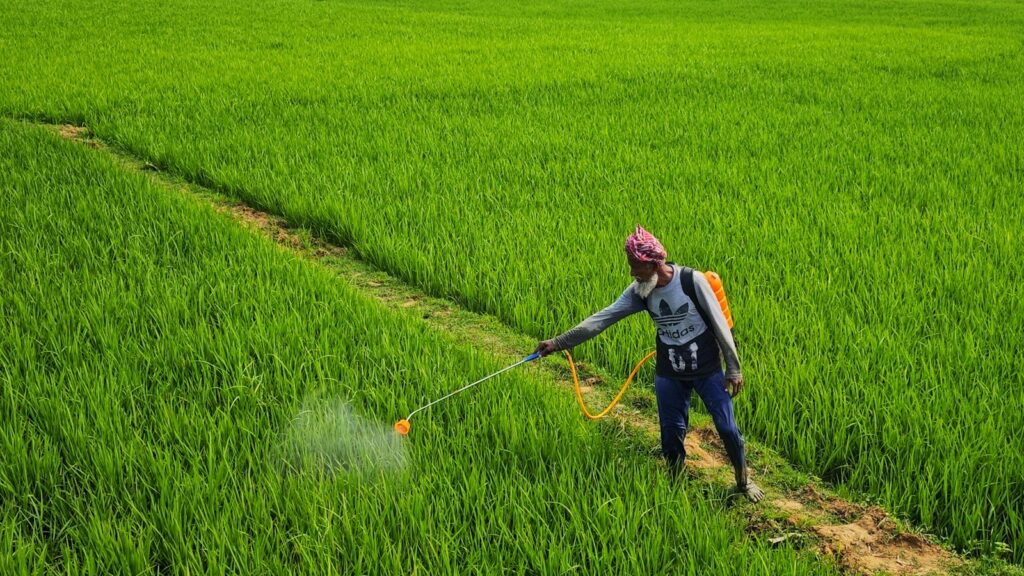
Pesticide exposure represents another major threat to rusty patched bumblebee survival, with neonicotinoid insecticides particularly implicated in their decline. These systemic chemicals can persist in plant tissues, soil, and water for years, creating long-term exposure risks even when application follows guidelines. Studies have shown that even sublethal doses can impair bumblebees’ foraging abilities, homing navigation, reproduction rates, and immune systems—effects that can devastate entire colonies. The timing of the rusty patched bumblebee’s decline correlates closely with the widespread adoption of neonicotinoids in the 1990s, suggesting a causal relationship. Unlike managed honey bees, which can be relocated away from pesticide applications, wild bumblebees have no such protection and must endure whatever chemicals are applied within their range. The cumulative and synergistic effects of multiple pesticide exposures may be more devastating than laboratory studies of single chemicals suggest.
Pathogens and Disease Pressures
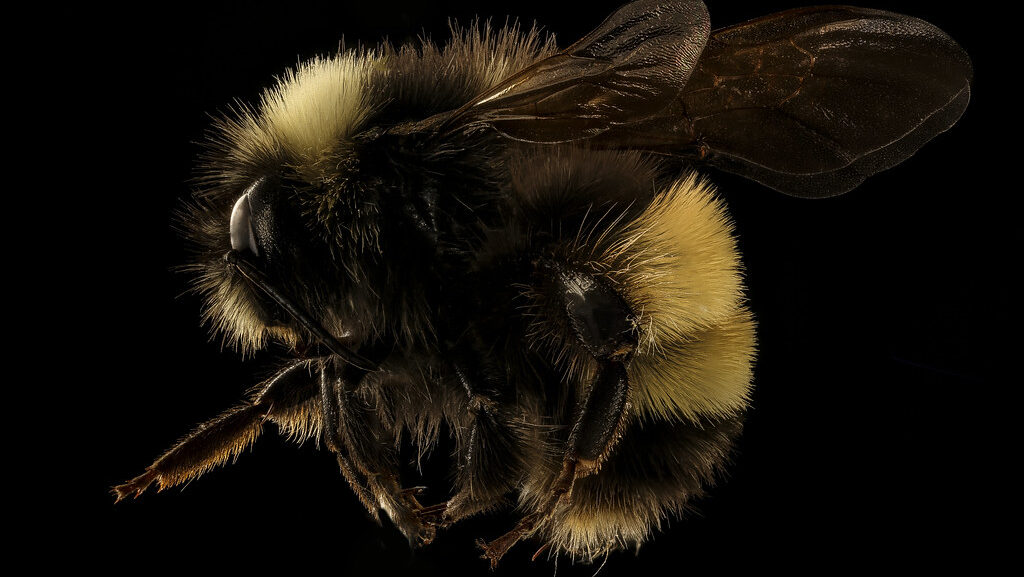
Disease transmission has emerged as another serious threat to rusty patched bumblebee populations, particularly pathogens inadvertently spread from commercially managed bees to wild populations. Research suggests that the precipitous decline of this species coincided with the rise of commercial bumblebee rearing for greenhouse pollination, which may have introduced novel parasites or diseases to wild bees. The microsporidian parasite Nosema bombi, for instance, has been found at higher rates in declining bumblebee species compared to stable ones, suggesting it may play a role in population crashes. Wild bumblebees with compromised immune systems—whether from pesticide exposure, poor nutrition, or other stressors—show greater susceptibility to these pathogens. The communal nature of bumblebee colonies can accelerate disease spread once an infection takes hold, potentially wiping out entire nests before the disease’s presence is detected.
Climate Change Complications

Climate change adds another layer of complexity to conservation efforts for the rusty patched bumblebee, altering seasonal patterns that have synchronized bee activity with flowering plants for millennia. Earlier spring thaws may trigger premature queen emergence before sufficient food sources are available, while extended summer heat can reduce foraging time and stress colonies. Climate-driven weather extremes like flooding, drought, and severe storms directly threaten nest sites and disrupt foraging patterns critical to colony development. The rusty patched bumblebee evolved to thrive in cooler temperatures than many other bee species, making it particularly vulnerable to warming trends that could compress its suitable habitat northward. Research indicates that climate change may also exacerbate other threats by increasing pesticide toxicity, accelerating pathogen replication, and shifting the range of competitors and predators into rusty patched bumblebee territory.
The Road to Federal Protection
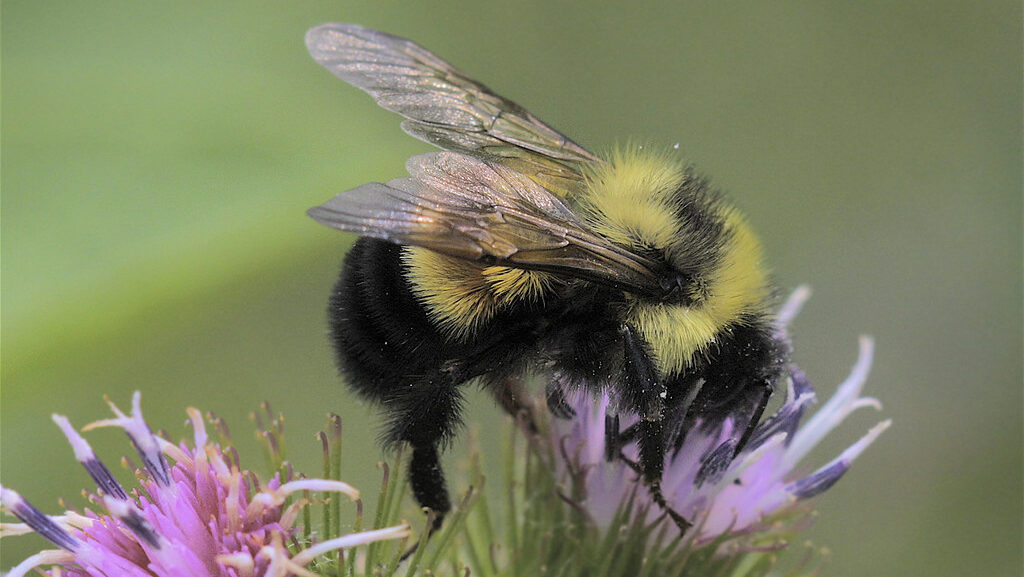
The journey to secure Endangered Species Act protection for the rusty patched bumblebee involved years of scientific documentation, advocacy, and legal challenges. The Xerces Society for Invertebrate Conservation first petitioned for the bee’s listing in 2013, submitting extensive evidence of population collapse and ongoing threats. After initial reviews, the U.S. Fish and Wildlife Service proposed listing the species as endangered in September 2016, opening a public comment period that generated thousands of supportive statements from scientists, conservation organizations, and concerned citizens. On January 11, 2017, the Service officially designated the rusty patched bumblebee as endangered, making it the first bee species in the continental United States to receive this protection. The listing faced a brief delay during the presidential transition but ultimately took effect on March 21, 2017, representing a watershed moment for invertebrate conservation in America.
Conservation Strategies and Recovery Planning
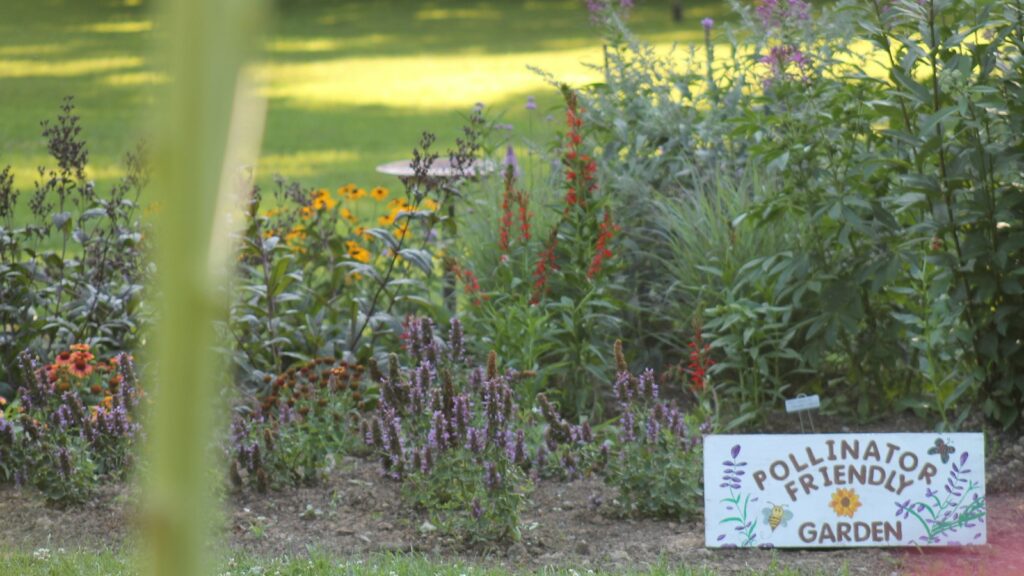
The federal recovery plan for the rusty patched bumblebee encompasses multiple approaches designed to address the complex threats facing the species. Habitat restoration forms the cornerstone of these efforts, with initiatives to create and preserve florally diverse landscapes that provide continuous blooming resources from spring through fall. The Fish and Wildlife Service has developed specific planting guidelines to help landowners, farmers, and gardeners support rusty patched bumblebees, emphasizing native wildflowers, undisturbed ground for nesting, and pesticide-free management practices. Captive rearing programs are being explored as a potential tool to bolster wild populations, though researchers proceed cautiously to avoid disease transmission issues. Conservation geneticists are working to understand genetic diversity within remaining populations, which will inform decisions about potential translocations or breeding efforts. Monitoring programs engage citizen scientists in tracking bee sightings, providing valuable data on distribution and habitat use while raising public awareness.
Citizen Science and Public Engagement
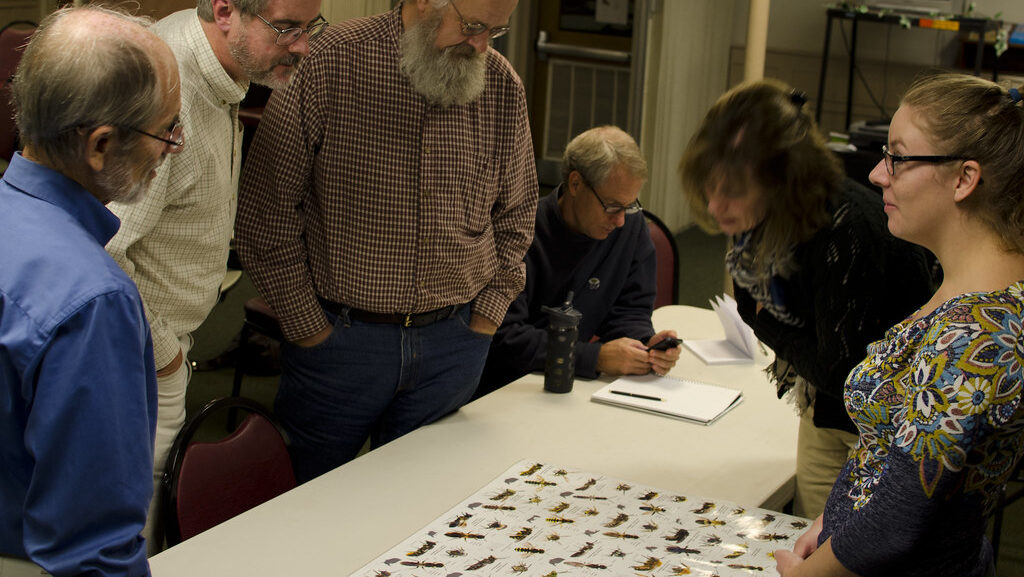
Public participation has emerged as a crucial component in rusty patched bumblebee conservation, with citizen science initiatives providing vital data about this elusive species. The Bumble Bee Watch program allows anyone with a camera to document bumblebee sightings, contributing to our understanding of current distribution and habitat preferences. These community-generated observations have helped scientists locate previously unknown populations and track seasonal activity patterns across the bee’s range. Beyond data collection, public engagement creates a constituency for conservation, transforming abstract concerns about biodiversity into concrete connections with a charismatic species. Educational programs in schools, nature centers, and community organizations have inspired countless “pollinator gardens” designed specifically to support native bees. The rusty patched bumblebee has become an ambassador species, putting a recognizable face on broader pollinator conservation issues and motivating public action.
Success Stories and Signs of Hope

Despite the sobering statistics about rusty-patched bumblebee decline, conservation efforts have yielded encouraging results in several areas. In Madison, Wisconsin, targeted habitat restoration in the University of Wisconsin Arboretum has maintained a stable population, demonstrating that well-designed conservation measures can be effective. Minnesota’s “Lawns to Legumes” program, which provides financial assistance to homeowners converting traditional lawns to pollinator habitat, has created new habitat corridors in areas where rusty patched bumblebees persist. Surveys in 2019 and 2020 documented the species in several locations where it hadn’t been seen for decades, suggesting that remnant populations may be more resilient than previously thought. Corporate partners like General Mills have incorporated pollinator conservation into their sustainability initiatives, creating habitat on corporate campuses and supporting research. While the species remains critically endangered, these successes provide proof of concept for recovery strategies and help maintain momentum in conservation efforts.
What Individuals Can Do to Help

Individual actions collectively create significant impact for rusty patched bumblebee conservation, starting with habitat creation in yards and community spaces. Planting native wildflowers that bloom in succession from early spring through fall provides critical foraging resources, with species like wild lupine, bergamot, goldenrod, and asters being particularly valuable. Leaving areas of bare ground and unmowed areas provides essential nesting and overwintering habitat for queens. Eliminating pesticide use, particularly neonicotinoids, removes a major threat to bumblebee health and reproduction. Participation in citizen science programs like Bumble Bee Watch helps track populations and identify new areas for conservation focus. Advocating for pollinator-friendly policies at local, state, and federal levels amplifies individual efforts, whether through supporting ordinances allowing natural landscapes or contacting elected officials about funding for conservation programs. Even raising awareness by sharing information about the rusty patched bumblebee’s plight helps build the community of conservation-minded citizens working to protect this species.
Conclusion
The story of the rusty patched bumblebee represents both a cautionary tale and a call to action. Its dramatic decline from common backyard visitor to endangered species happened within a single human generation, demonstrating how quickly we can lose crucial components of our natural heritage. Yet the unprecedented response—from federal protection to community-level habitat restoration—shows our growing recognition of pollinators’ importance and our capacity for meaningful conservation action. As we work to save this distinctive bumblebee, we simultaneously address broader issues of habitat preservation, pesticide reform, and sustainable land management that benefit countless other species. The rusty patch on this bee’s back has become a symbol of both vulnerability and resilience in our natural world, reminding us that even small creatures play outsized roles in maintaining the ecological systems upon which we all depend.
